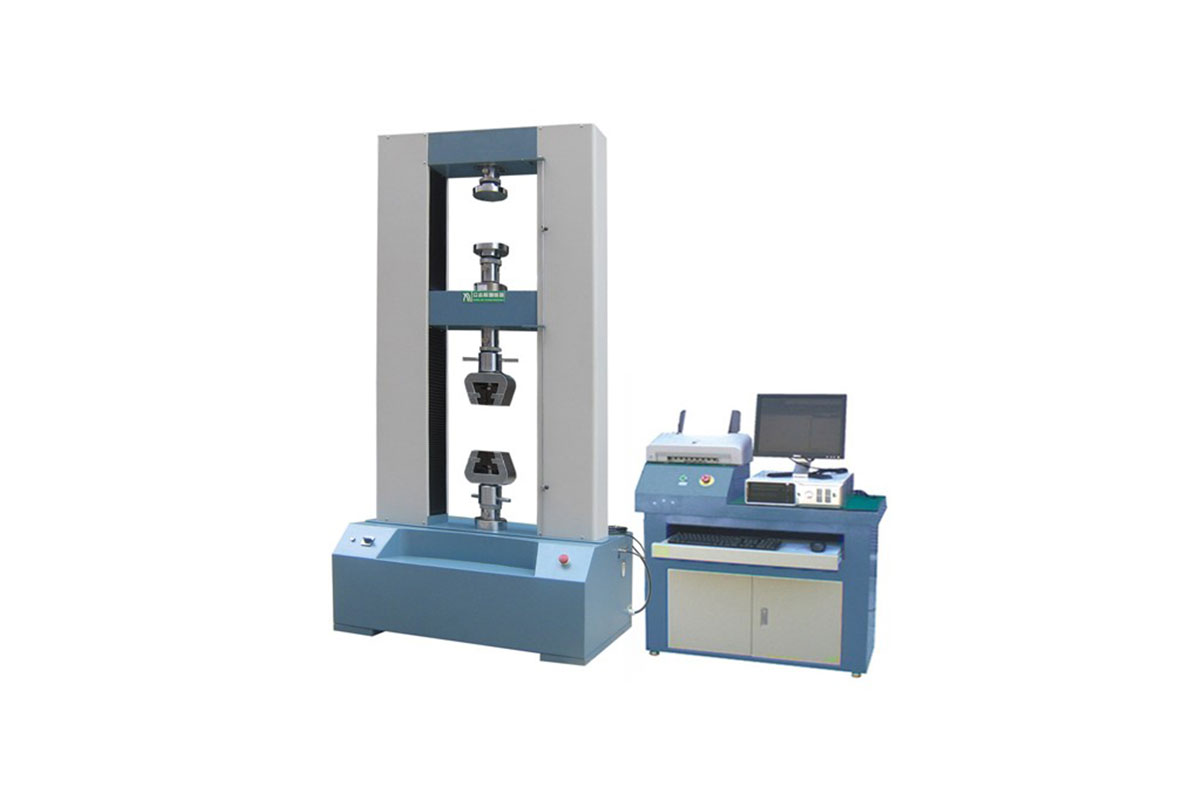

A copper strip tester is a device used to determine the presence of oil, grease, or rust particles in equipment and machinery. A strip tester is a thin sheet of metal that has been treated with a protective layer of liquid silicone or epoxy and left to dry. As soon as it is completely dry, the metal is inspected by means of a light to detect any small particles of rust, grease, or oil.
The copper strip test starts by the technician inspecting a copper strip sample under a high-powered magnifying glass. The sample is then submerged into a heavily-packed sample of liquid silicone or epoxy that is heated at a specific temperature for an extended amount of time. Commonly utilized testing conditions are 100 degrees Celsius +/ 5 degrees C for twenty-four hours, with a twenty-four hour cooling interval. During this time, a camera, equipped with a light meter, determines the amount of light coming from the samples. The light meter measures the amount of heat produced by the sample, which is expressed as watts per square meter (W/m2).
Silicon is a naturally occurring element that can be found in many natural phenomena, including stars, satellites, and space shuttles. The amount of silicon found in the surface of the strip depends on the amount of silicone or epoxy that has been applied, as well as how much of the strip has been affected by liquid silicon or epoxy.
The thickness of the strip that will be used for the light detection process will determine the level of light that will be detected. A thicker strip will produce a higher amount of light than a thinner strip. This is because a thicker strip will absorb more light before it is exposed to the test chamber, resulting in a lower level of light that is detectable. This will also increase the length of the testing cycle and reduce the amount of time spent testing the sample.
Another variable that can be used in determining how long the test procedure will take is the amount of time required to clean the sample. As the amount of silicone or epoxy in the sample increases, the cleaning process will take longer, resulting in a longer testing cycle.
Conductivity is another parameter that can be used to determine the amount of time required to complete a testing cycle. Copper will retain its conductivity when it has been coated in silicone or epoxy. When the coating dries out of the sample, it will lose its conductivity, causing the strip to become conductive. and need to be replaced. This will also result in a longer testing cycle.

Some samples are difficult to determine without conducting a test. A thin piece of steel tubing can be used to determine the thickness of the sample by inserting the tubing into the testing chamber, either by drilling or punching a hole through the tubing.
Different types of equipment may require different types of testing cycles. It may be necessary to test multiple pieces of equipment before the desired results are determined. Testing equipment will also vary in both performance and quality. The most commonly used equipment is the strip tester and a laboratory light meter.
A strip tester is usually attached to the wall of a test chamber and allows the technician to measure the resistance of a strip that is placed within the chamber. A light meter measures the amount of light that is detected by a light source that is placed close to the strip and measures the amount of light that passes through the light detector to the test chamber.
This type of testing is typically used for applications where it is necessary to determine the rate of light as it passes through the sample. In this type of testing, the light intensity is typically measured from above and the rate of light is measured from below.
If you are using a strip tester, it is important to know that an electrode can only be connected at one end of the strip and a lead can only pass through the other end. A lead must be inserted through a hole on the side of the strip that connects to the light source and a probe must be inserted to connect the probe to the inside of the test chamber.